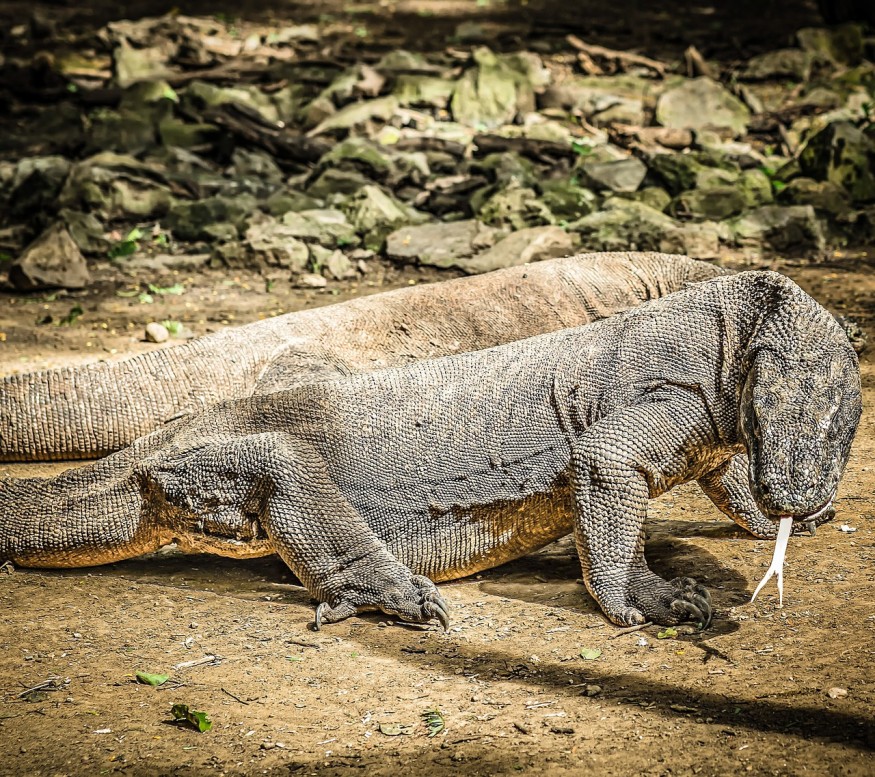To keep the world's largest reptiles from extinction, an Indonesian zoo is breeding Komodo dragons.

The big lizards may be found on the Indonesian island of Komodo and numerous adjacent islands.
IUCN Vulnerable Species
In September, they were added to the International Union for Conservation of Nature's Red List of Threatened Species. Climate change has put the dragons in jeopardy, according to the worldwide organization. According to the report, rising temperatures and sea levels caused by climate change are anticipated to diminish the Komodo dragon's home habitat by at least 30% in the next 45 years.
Officials at the zoo hope that their attempts to conserve the lizards would catch the attention of international leaders attention in Glasgow, Scotland, to talk about climate change.
Related Article : Rising Sea Levels Threaten Habitat of Komodo Dragons, Turning Them to Endangered Species
Conservation Techniques
Since the breeding program began, the zoo's Komodo dragon population has grown to 108 adults and 35 young. Additionally, 40 Komodo dragon eggs are being kept warm in preparation for hatching.
The temperature and humidity have to be precisely ideal for mating, according to zookeeper Rukin.
He expressed optimism that dragons reared in the zoo may be released into the wild.
"I'm hoping we can breed them properly," Rukin continued.
He expressed his hope that the effort would ensure that future generations will view the dragons in person rather than only in photographs.
Komodo Survival

For millions of years, Komodo dragons have flourished in the harsh climate of Indonesia's Lesser Sunda Islands. They favor the tropical woods of the islands, but they may be found all around. Despite their ability to travel up to seven kilometers each day, these athletic reptiles prefer to stay close to home, rarely going far from the valleys they hatched.
Threats
Asexual reproduction allows female Komodo dragons to renew their population, which is an evolutionary benefit, but it has a huge drawback: it only produces sons. In addition, there is evidence of inbreeding when there aren't enough other females in a population. The reptile's aversion to leaving its environment compounded the problem as the species' population dwindles and fragments.
Humans have also put the Komodo dragon's survival in jeopardy. Poachers hunt the Komodo dragon and its prey, and its habitat has been burnt to make way for other purposes. Tourists also hand out food and interrupt the dragons' mating process, prompting the Indonesian government to consider temporarily closing Komodo Island, one of many where they may be found, to tourism. On the other hand, tourists are crucial to conservation efforts because they offer people financial incentives to help safeguard the Komodo dragon.
Also Read:
For more wildlife news, don't forget to follow Nature World News!
© 2026 NatureWorldNews.com All rights reserved. Do not reproduce without permission.





